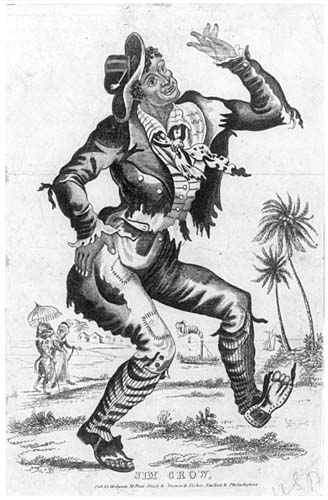Edited by
Beth Zdriluk, 27-Jul-08; Beth Zdriluk, 27-Jul-08;
Journal / Collection Title
Musical Times, The
Volume # and / or Date
January 1, 1875
Article Pages
741-2

